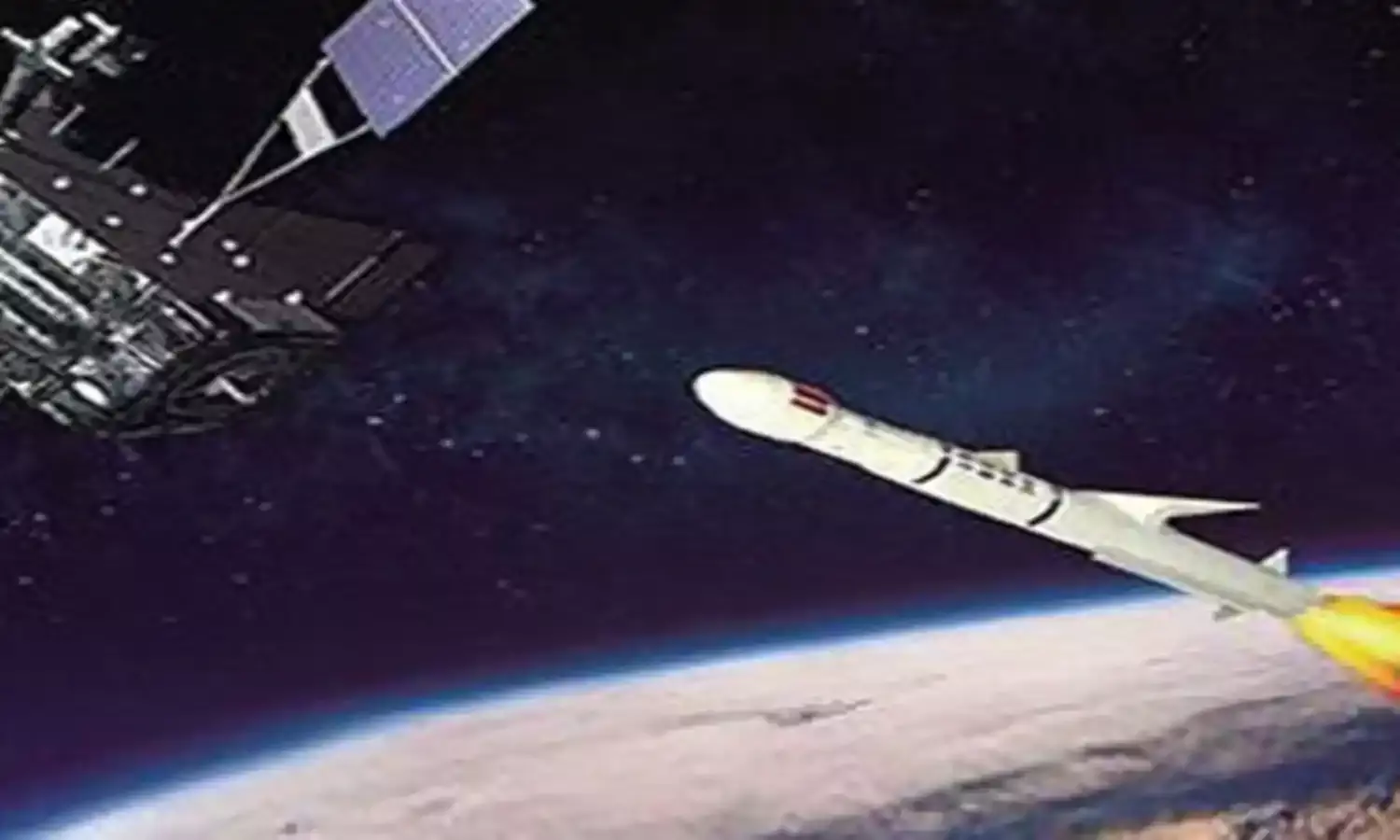Surgical Strike in Space? Except that Genesis of ASAT Was Under UPA
India acquired the building blocks in 2012, says then DRDO chief

NEW DELHI: Prime Minister Narendra Modi had the nation waiting, literally with bated breath, after it was made known to the media to stand by for an important announcement by him. That the announcement was going to follow a top meeting of the Cabinet Committee for Security added to the ‘hold your breath’ advise from quirky scribes to each other.
This was given further credence by the fact that it was highly unusual for a Prime Minister to address the nation in the middle of an election, after the election code of conduct had kicked in. The more than half an hour delay before the PM came on to speak to the country, had speculation running riot.
Hence, a collective exhalation followed Prime Minister Narendra Modi’s announcement that India had joined the big league of China, Russia, and the United States in bringing down a low orbit satellite. And while it was left to television anchors and their war room guests to chew on this hit, it did have a couple of them coming on to smile at what one journalist described as “something of an anti climax.”
More so, as the ASAT program was initiated by then Prime Minister Manmohan Singh and his then Defence Minister AK Antony under the UPA government.
PM Modi announced today that India had demonstrated anti-satellite missile capability.by shooting down a live satellite, a rare achievement for the country. The satellite was orbiting at an altitude of 300 km, he said.Mission Shakti, which was led by the Defence Research and Development Organisation, was aimed at strengthening India's overall security, he said.
Modi said India's motive in being a space power was to spread the message of peace, not war. He said it was special for two reasons, one that India is only the 4th country to acquire such a specialised & modern capability; and two, the entire effort is indigenous.
In 2007, after China successfully tested anti-satellite (ASAT) Missile systems, it forced India to think about its military capabilities in space. India’s response was measured. Officials asserted the need to secure Indian space assets while continuing to call for the use of space for peaceful purposes.
Indian Army’s unit brainstormed to develop 'Defence Space Vision 2020.' This idea was high on the agenda in Army Commander’s conference held on October 23-27 in 2007.
The official statement issued by Indian Army at the time said, “The army realizes the importance of space as a vital arena for future exploitation and has already established a space cell to coordinate space-based applications in a joint services operational environment.”
The statement further mentioned, "The deliberations during the conference will be aimed at ratifying the army's space philosophy; concept of utilisation of space at tactical, operational and strategic levels; desired operational capabilities and related ground and space assets."
In 2008, Defence Minister under UPA1, AK Antony declared, “An integrated space cell would be created to protect the growing threat to our space assets."
At a seminar on 'Indian Military and Space' Integrated defence staff chief Lt-General H S Lidder said, "With time, we will get sucked into the military race to protect space assets and inevitably there will be a military contest in space. In a life-and-death scenario, space will provide the advantage."
Then Army Chief General Deepak Kapoor said, "China's space programme is expanding at an exponentially rapid pace in both offensive and defensive content. The space is increasingly becoming the ultimate military high ground. It should be India's endeavour to optimize space applications for military purposes."
In 2011, Defence Minister AK Antony in a written reply to a question in Rajya Sabha said, "Steps have been taken for providing a dedicated satellite facility to the armed forces and an Integrated Space Cell has been set up for acquiring space capabilities. He further added, "Satellite requirement of the armed forces are being met from the existing facilities. Steps have also been taken for provision of dedicated satellite facilities for the armed forces."
On development of space-based capabilities, he answered, "An Integrated Space Cell (ISC) under Headquarter Integrated Defence Staff (HQ IDS) has been constituted in August 2009 and it is coordinating for acquiring requisite space facilities."
Antony also said, "Government has mechanism in place to effectively exploit space resources for the defence and security of the country."
In 2012 a first indication that India had moved far ahead came from the then chief of the Defense Research and Development Organisation (DRD) V.K.Saraswat who announced that India had “all the building blocks in place” to integrate an anti-satellite weapon to neutralise hostile satellites in low earth and polar orbits. In an interview to the media Saraswat had suggested that India’s anti-ballistic missile defense program could be utilised as an ASAT weapon, along with its Agni series of missiles. This was subsequently confirmed by DRDO.



